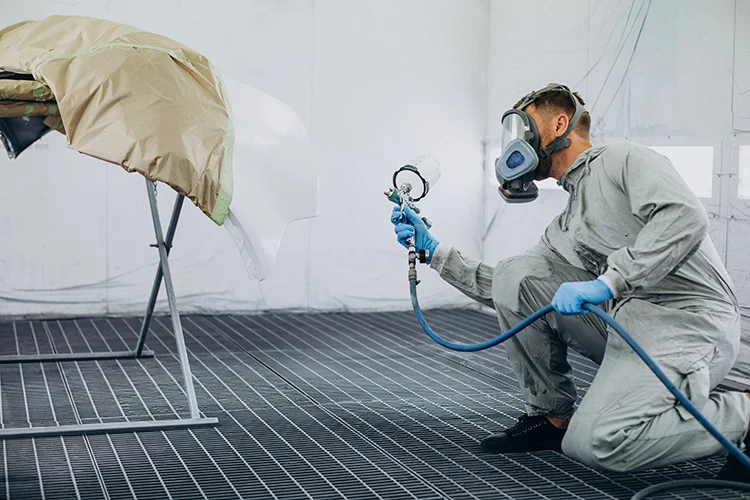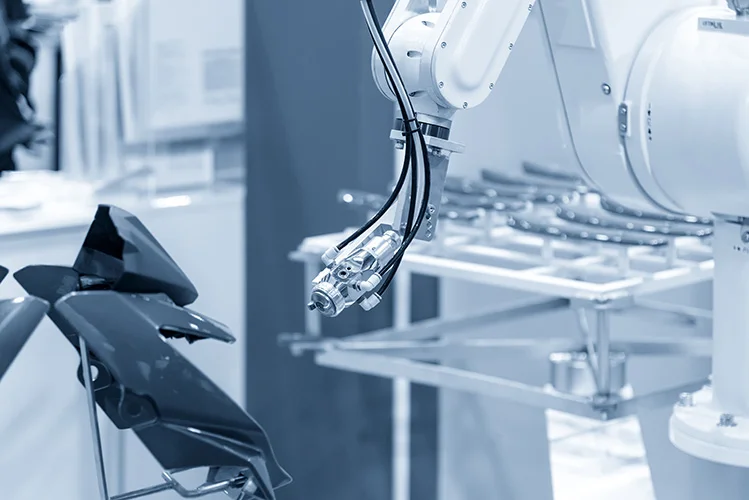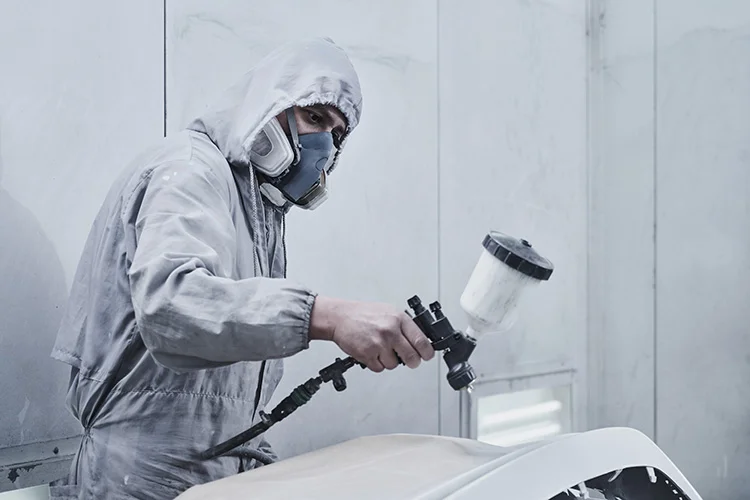Industrial Painting Equipment

Industrial painting is a massive industry with quite a lot of paint application techniques. Be it traditional, modern, or cutting-edge technology, the technique selected depends on the project. And with every application technique comes different painting equipment.
To better understand industrial painting, you should know the different types of industrial painting equipment.
What Is Industrial Painting?
Industrial painting is a diverse field with multiple applications, surfaces, and painting methods. It is used in warehouses, garages, factories, and machines. Rather than aesthetic purposes, it serves to protect the surface from deteriorating. They also help to stop leaks and prevent corrosion. And these are the tip of the iceberg.
In short, industrial paint provides more functionality in addition to protecting from general wear and tear. The paint is made of polyurethane and epoxy, which ensures a smooth and durable coating. Further addition of additives makes the paint fire-resistant.
Professional painters use a variety of tools and techniques to apply industrial paint.
- Roller works best in flat areas, especially walls and floors.
- Air Spraying applies the paint as a fine mist through the atomization method. Compared to other methods, liquid spray painting gives a rather smooth application.
- Airless Sprayer uses pressure to apply paint. They are quick, hence efficient in painting large areas.
- Paintbrush is the traditional painting method and also the most time-consuming. However, it works the best for smaller areas.
- Electrostatic application is best used in manufacturing since they require a professional touch. In this method, the paint bonds via electricity.
- Dip Coating is a unique method where the technician dips the component in a vat of industrial paint.
What Is a Painting Machine?
Painting machines are automatic systems that apply paint in manufacturing industries. While some are hand-operated, others are robot operated. The latter also has conveyor systems to quicken the process. For example, spray guns. You can see them in various industrial painting projects and home applications. The spray gun uses high pressure to paint a thin, even coat of paint.
Painting machines have a vast range of coating applications. Above all, it reduces operating costs, increases consistency and also the product quality.
What Is the Best Industrial Paint Sprayer?
Industrial painting is a huge task and requires machinery of an appropriate size. Depending on the application, the equipment can vary in size and capability. Here are a few types of paint sprayers suitable for industrial use:

Paint sprayers are of two types: Airless and those driven by air. They have different specifications and restrictions. The best sprayer depends on the project.
Airless Paint Sprayer
With an airless sprayer, you pump the paint straight from the container without a need for compressed air. Depending on the attachment, they accommodate thin stains to thick coatings.
They are also the fastest and can spray the most coating in a limited amount of time. These pumps are suitable for large projects such as industries. They give uniform coverage and don’t require you to thin the paint.
Compressed Air Sprayer
Compressed air sprayers are used both in industrial and home applications. It uses compressed air to create a smooth and uniform finish. The typical setup includes a spray gun, compressor canister, and a high-pressure hose. Unlike the airless sprayer, you need to thin the paint beforehand. Air spray is easy to use but requires plenty of prep work. On the flip side, they consume a lot of paint and are less versatile than an airless sprayer.
HVLP Sprayers
HVLP or High-volume, low-pressure (HVLP) sprayer uses a combination of air and pressure to create a thin layer of paint. They have a high level of transfer efficiency resulting in more paint reaching the sprayed area. On the flip side, it doesn’t work well with think paint types like latex. Depending on the paint job, you may have to thin the paint. Due to the nature of the equipment, they are ideal for detail and smaller areas.
Specialty Sprayers
The sprayers mentioned above give a rather smooth and even finish. However, if you require a different finish, you may need a specialty sprayer. From handheld spray guns to sprayers that use carts or stands, there are quite a few to suit your every need. In addition, they allow for flexibility depending on the application.
- Texture sprayers allow creating textures such as popcorn, orange peel, knockdown, and splatter.
- Line striping machines help create paint lines on the ground. They use a paint sprayer aligned with a roller to create crisp lines. They also have a handle to roll the equipment on any surface.
Electrostatic Painting Equipment
Otherwise called powder coating, the electrostatic painting uses an electrically charged powder. During the process, both the product and the powder are electrically charged. This ensures a strong bond between the product and the powder. In some cases, it is combined with other spray painting techniques for a better finish.
- Air-atomized electrostatic spraying uses a combination of electricity and compressed air to paint.
- Air-assisted airless electrostatic spraying depends on electricity, compressed air, and a small orifice for painting.
Paint Finishing Equipment
Paint finishing generally incorporates many processes, including paint application and also finishing. The tools used in the process are called paint finishing equipment. The finishing coat adds a layer of protection against chemicals present in an industrial environment. They serve two purposes; first and foremost, functionality and then aesthetics.

The first step in applying any coating is to prepare the surface. In an industrial arena, the sprayer itself handles the mixing part. They have multi-component spraying equipment meters which mix the paint beforehand.
Coming to painting, conveyor systems are critical for paint application. They allow for a more efficient painting. Furthermore, it also allows the technician to control the application. Every paint application method ( dipping, powder coating, spraying) has a different conveyor system.
The final step of the painting process is the paint finishing which is done in a curing oven. Every oven features a shell, heater unit, and air system (supply, circulate and exhaust). While the times vary, every product cures in the oven for at least 30 minutes.
Conclusion
The industrial paint application process is quite complicated, to say the least. There’s a lot that goes into formulating and executing industrial painting projects. Depending on the type of paint, application, and method, the equipment also varies. Sometimes the equipment itself is the deciding factor for choosing the application process.
Before investing in paint equipment, it is crucial to weigh the pros and cons. And that’s why you need an expert painter guiding you in the process. Contact an industrial painting services company with your questions. And they will be able to give you professional assistance.
Here at Wiese Painting, we have over 65 years of experience as professional industrial and commercial painters. We guarantee that any hard-to-paint color or surface is tackled with professionalism and tricks that have been acquired over the decades. You will love the look of your freshly-painted home or business, so contact us today for your free quote!









